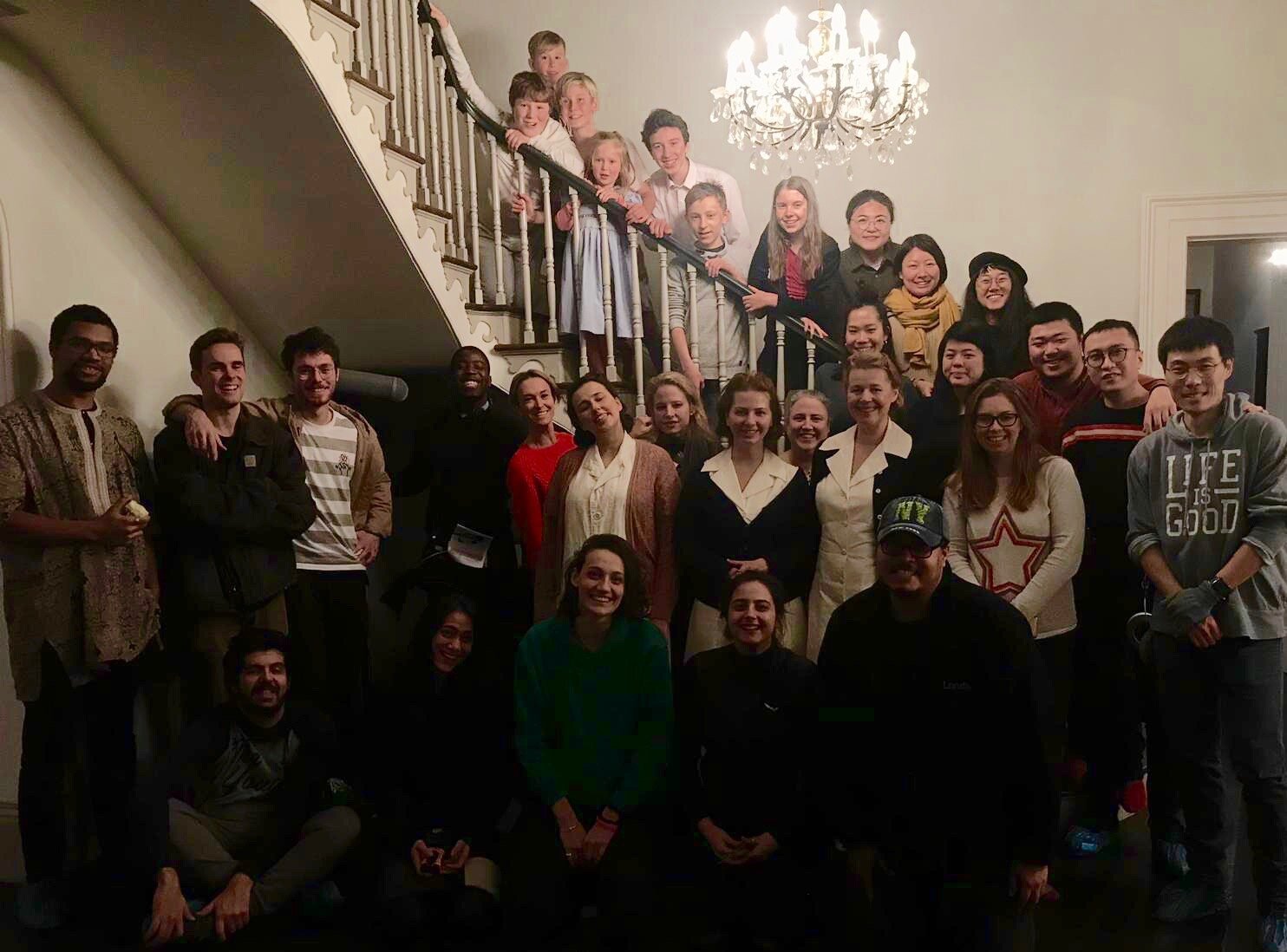‘Home’
Producer - 2018 London, U.K.
Benita completed Producer role for short WW1 Polish orphanage film Home drama. Based on a true story, this film portrays the mental decline to insanity of Tereska, one of its youngest orphans, unable to cope with the heartless rigidity and isolation of orphan life.
Home (Gancheva, 2018)
As my LFS instructor Belinda Parsons said, “Black and white is honest, brutal, revealing the truth of a situation, emotion or nature. It is real and abstract at the same time. It is interpretive, and where colour may be more descriptive in an obvious way, black and white perhaps describes the soul” (Parsons, 2018).
Benita completed Producer role for short WW1 Polish orphanage film Home drama. Based on a true story, this film portrays the mental decline to insanity of Tereska, one of its youngest orphans, unable to cope with the heartless rigidity and isolation of orphan life.
Slipping deeper and deeper into depression, Tereska eventually imagines and disappears into a black hole in the wall that only she can see.
Filming took place both on location in Kent, and in-studio at London Film School.
Home is a stark picture of the physical and psychological toll of war on a 13 year-old WW11 survivor. This film focuses on young Tereska’s struggle to maintain hope and sanity in a bleak 1948 post-war Polish orphanage. Based on a true story, the young girl hopes for release, clinging to the smallest of inspirations while creating a disturbing fantasy escape as she awaits her fate in this emotional and jarring portrayal.
Our story was mood and ambience driven. The stark images and cold, naked sets allowed the audience to feel a world devoid of safety, connection, warmth. There was an eeriness reminiscentin some ways of Dreyer’s 1932 film Vampyr with its haunting shadows and unsettling ‘rest’ scene. Beds were not places of comfort, but rather torturous reminders of everything wrong in an institution where life is a waking nightmare and children dream of escape.
We looked not only to the films Ida (Pawlikowski, 2014) for inspiration, but to the Cannes Palme d’Or Russian film winner The Cranes are Flying (Michael Kalatozov, 1957) because of its exceptional lighting and camerawork among other feats. Not only does that film also employ a ‘soft’ look in its scenes – a look we achieved through use of a smoke machine shortly before each take – but each scene is like a painting, perfectly composed to follow action, reveal another detail and then allow another perfectly composed image or event to gracefully emerge. The use of complex light and shadow is superb.
Creating the imagined yet very real escape hole - the dark abyss in the orphanage wall into which the young trauma survivor would eventually slip. Ingeniously designed to have 4 variable opening sizes reflecting the orphan’s increasingly troubled inner state and desire to escape, the hole was eventually large enough to swallow her whole. The inside was filed with a spray styrofoam which I painted in various shades of brown, green and black to create dimension and realism.



















